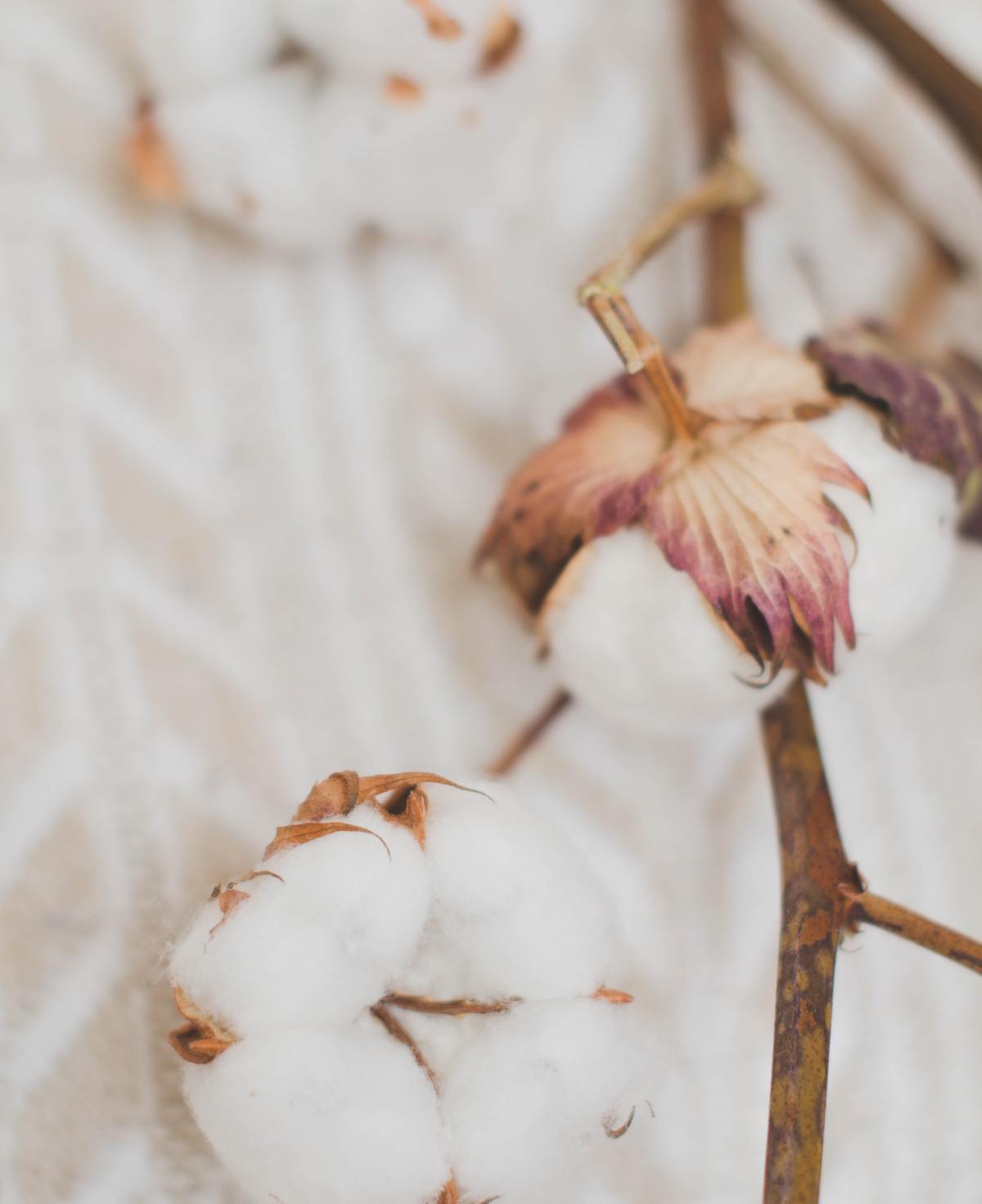What is Pima cotton?
Pima cotton, also known as "South American silk" or "Andean silk", is a special type of cotton that has been harvested for thousands of years. It is considered one of the finest, if not the finest, variety of cotton.
It is characterized in particular by the length (up to 50% greater than conventional cotton) and high strength of its fibers. It is an extremely rare variety of cotton, representing just 3% of the world's cotton production.
Pima cotton is an exceptionally resistant noble material, making it ideal for clothing. Its mesh is very fine, dimensionally stable and extremely silky. As a result, when woven, Pima cotton brings softness, shine and suppleness to garments. It is also highly appreciated in the textile industry for bathroom linen.
Pima cotton is a noble material, hypoallergenic, very fine and soft, supple and, last but not least, naturally ecological. What more could you ask for?

Where does Pima cotton come from?
Pima cotton has been harvested and used for over 5,000 years by pre-Inca civilizations located in the Andes and mainly in the sunny coastal valleys of Piura and Chira in northern Peru. It also grows in parts of North America such as Arizona.
What are the processing stages for Pima cotton? (from plantation to garment)
In order to obtain Pima cotton fiber several steps are necessary.
This cotton variety needs high-quality saline soils, generous rainfall and plenty of sunshine. These are the climatic conditions found in the northern regions of Peru, where this variety is mainly harvested. In fact, the sunny days combine ideally with the monsoon season, giving the plants time to grow naturally.
The flowers are then harvested by hand by local farmers.
After harvesting, the process is much the same as for conventional cotton. First, the cotton is sun-dried for several days. It is then ginned, i.e. the fibers are separated from the seeds, and any stubborn impurities are removed using the cotton gin, the ginning machine.
The fiber is then condensed into bales, which are then graded according to cotton fiber attributes (length, color, strength, etc.). The bales are then cleaned, and the longest fibers placed in a carding (combing) machine. Next, the yarns are untangled and stretched to form long ribbons called "rovings". This is called stretching.
Then, thanks to a device called a "spinning mill", the rovings are twisted, which refines them and transforms the fibers into stronger yarns..
Next, weaving involves assembling the threads on a loom to form the fabric.
The fabric can then be dyed, bleached or shrunk to produce the desired garment.
Is Pima cotton compatible with ethical and responsible fashion?
Yes, Pima cotton is compatible with ethical and responsible fashion for several reasons.
It all starts with the cultivation of the plant. Pima cotton flowers do not tolerate pesticides. As a result, no fertilizers or chemicals are used to harvest it, which preserves the surrounding biodiversity. The plant is naturally resistant to external diseases such as fungus.
While conventional cotton requires varying amounts of water depending on the region, Pima cotton needs less water to grow. In fact, Pima cotton plants use the water they receive more efficiently than conventional cotton plants.
Thanks to these optimal growing conditions in Peru's northern regions, there's no need to irrigate or alter the course of the surrounding rivers.
When it comes to harvesting, Pima cotton is hand-picked by local farmers with ancestral know-how, most of whom work in cooperatives. Harvesting by hand guarantees yarn quality and avoids all the imperfections and impurities associated with machine harvesting. This harvesting method limits the impact on the environment and preserves local Peruvian know-how.
Due to their high fiber strength, garments made from this material are exceptionally robust, retaining their original shape and appearance if treated with care (see section "How to care for Pima cotton"). As a result, fewer new garments are produced.
However, we must also take into account the ecological impact and greenhouse gas emissions of transporting Pima cotton from America to our closets. Its carbon footprint is therefore not zero.
Ultimately, Pima cotton is compatible with ethical and responsible fashion, but it is nevertheless important not to over-consume it, as being grown on the other side of the world, its carbon footprint is significant. Buying clothes from our Eco x Ception selection or our second-hand selection, for example, would be a way of reducing our environmental footprint.
.jpg)
Does Pima cotton offer any other advantages?
In addition to the nobility and durability of the material, it's worth buying a garment made from Pima cotton for other reasons.
Pima cotton fiber is absorbent and regulating. In fact, it can absorb up to 8.5% of its weight in water, allowing the skin to breathe properly. A real ally in hot weather! It also retains and regulates body heat.
This material is perfectly suited to sensitive skin, as it is hypoallergenic. It does not undergo any chemical treatment, making it a non-allergenic fiber.
How do I care for Pima cotton?
Garments made from Pima cotton are machine washable between 30° and 40°. However, to keep them even longer and retain their softness and shine, it's best to hand-wash them in cold water with neutral soap.
To return the garment to its original shape after washing, lay it preferably horizontally on a towel. This way, you won't even need to iron it. However, if you still wish to iron it, you'll need to do so with an almost-cold iron and a tea towel placed between the iron and the garment to avoid premature wear. It's also advisable to fold your garments and avoid hanging them on hangers, which could damage the fibers.
Find our favorites in women's Pima cotton
Find our favorites in men's Pima cotton





